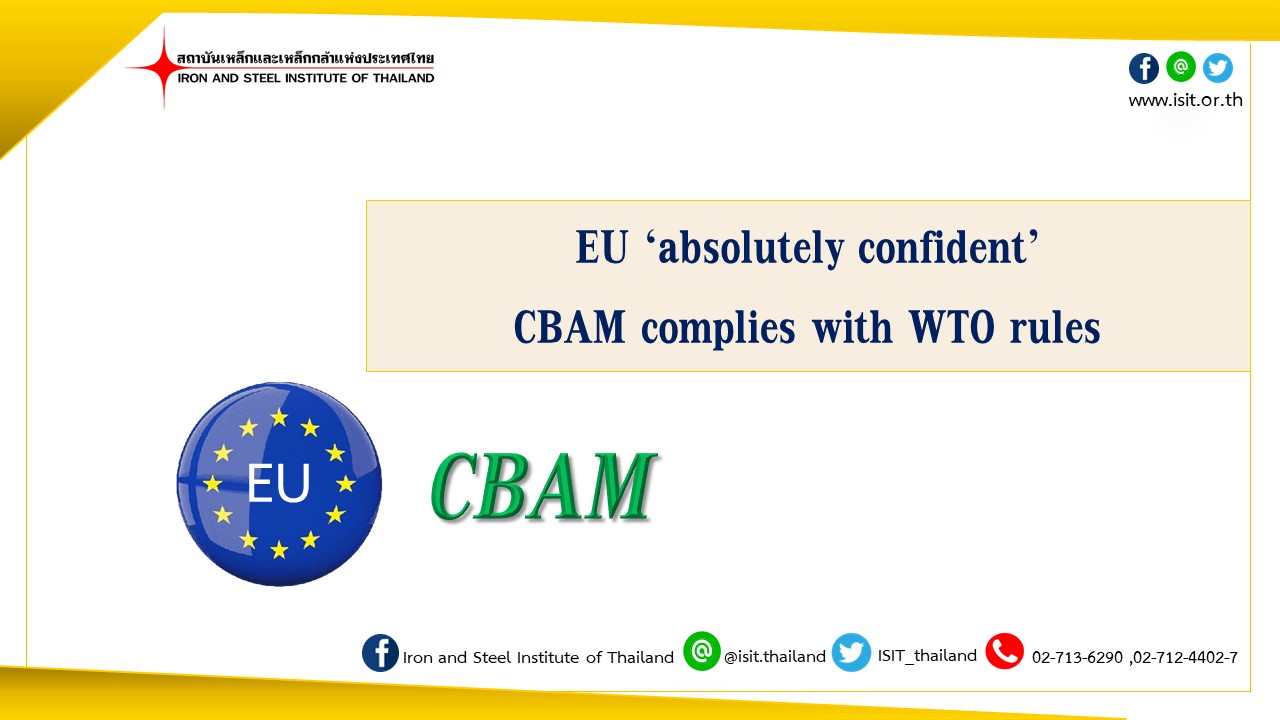
The European Union is “absolutely confident” its Carbon Border Adjustment Mechanism is compliant with World Trade Organization rules and is keen to discuss the true purpose of the instrument with skeptical nations, Wopke Hoekstra, EU Commissioner for Climate Action, said Dec. 6 at the UN Climate Change Conference in Dubai.
CBAM is a carbon tax on emissions-intensive commodities imported into the EU covering cement, iron and steel, aluminum, fertilizer, electricity and hydrogen sectors. The levy is designed to reflect the difference between costs under the EU Emissions Trading System (ETS) and carbon costs in exporting countries.
Countries exposed to the tax, notably China, India, Brazil and South Africa, have raised strong concerns, accusing the EU of insufficient communication, violation of WTO principles, and a lack of a clarity on how CBAM proceeds are to be spent.
“Just to be crystal clear, we’re absolutely confident this is also being seen by the WTO [as] an instrument that does nothing more, nothing less, than creating a level playing field that helps the environment and climate at the same time,” Hoekstra said.
Indeed the impact of CBAM would be “very, very small” and should not be exaggerated, the EU official said.
“I’ll give you a number. Our assessment is that by 2030... the total value of CBAM will be roughly Eur3 billion ($3.24 billion),”he said.
This would be spread across all the relevant companies importing to the EU, “but only to the extent they have not taken carbon reductions into account like European companies are doing,” he said.
“No one gets a better position. No one gets a worse position,” he added. With CBAM based on EU ETS prices, and those prices set to rise over time, S&P Global Commodity Insights forecasts the instrument could raise more than $80 billion per year by 2040.